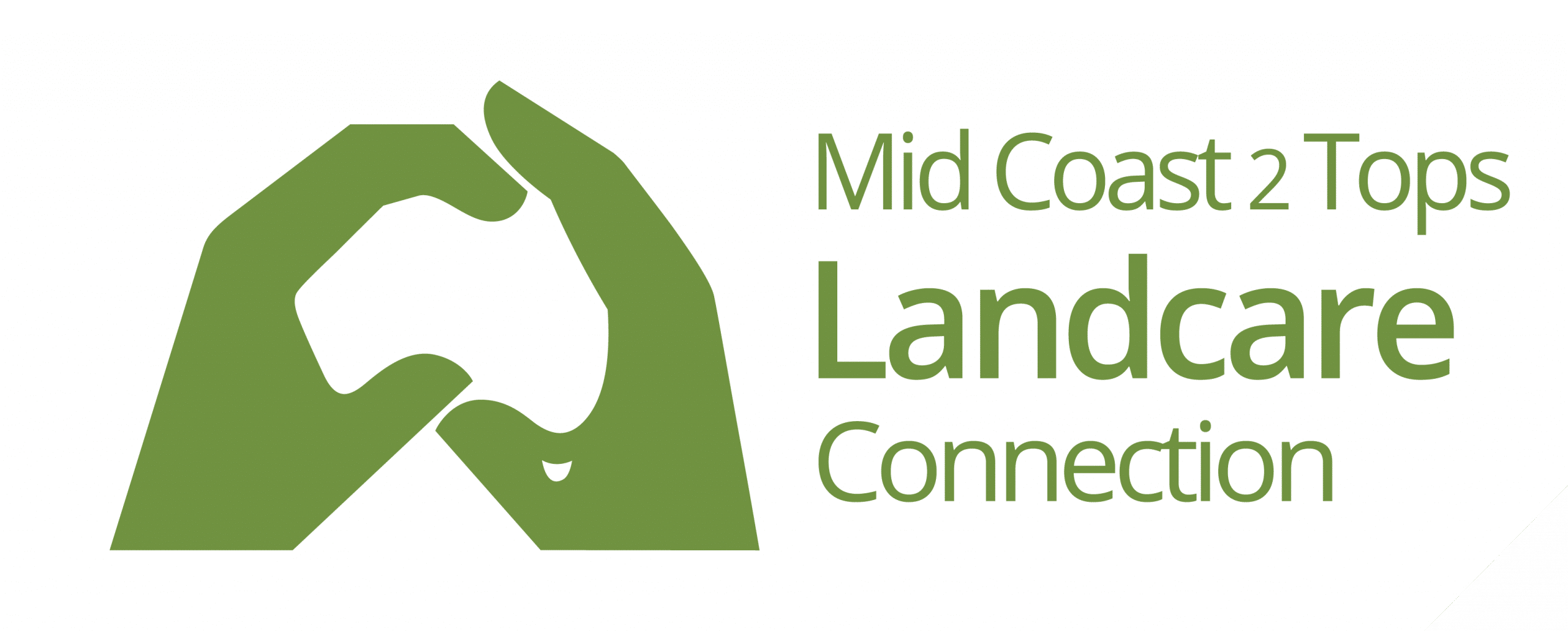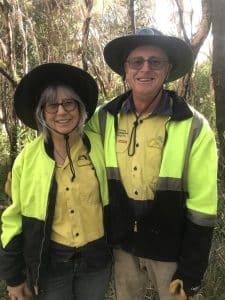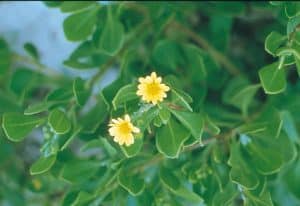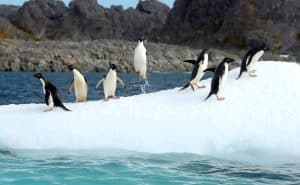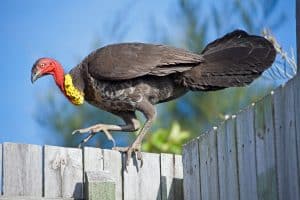
The Australian Brush Turkey, Alectura lathami Image: A. Ross Taylor
Brush Turkeys are an ancient species of bird endemic to eastern Australia. Their range stretches from Far North Queensland to the South Coast of NSW and they’ve adapted well to life in cities such as Sydney and Brisbane. They are the most ancient living member of the family Megapodiidae that dates back 30 million years – A family that also includes quails, chickens, peacocks and pheasants.
The brush turkeys amazingly primitive nesting behaviour involves dumping their eggs in a large nest and abandoning them – a strategy more similar to reptiles than normal birds.
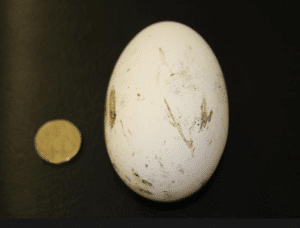
Brush Turkey Egg Image: phys.org
The male Brush Turkey creates large mounds (nests) in order to attract a mate. These nests are made up of soil and leaf litter and can reach roughly the size of a car (4×1.5m). It takes about a month for the male to create his nest that will then be visited by local females for mating/egg laying. Similar to a large compost heap, the brush turkey’s mound generates lots of heat that incubates the eggs. Once the female lays her eggs, she then leaves and only the father sticks around to defend his mound from rivals, but not to raise the babies. After hatching, the young chicks start scrambling vertically through a metre of compost to reach the surface. They’ll grow up without parents to protect them and need to use their instincts to quickly learn how to forage and keep away from predators. Luckily they have the ability to fly almost straight away – (in a few hours or as soon as their wings are dry). Brush Turkeys generally only take to the air to avoid predators or to roost in trees and lack the ability to fly long distances.
The female lays a clutch of around 16-24 eggs per year from September to March. Sometimes a single mound can contain up to 50 eggs produced by multiple females. Generally, a warmer incubation temperature will produce more female chicks and cooler temperatures – more males. The adult male can regulate the temperature of the mound within the desired 33-35 degrees Celsius incubation range by adding or removing leaf litter. He sticks his beak deep into the mound to check the temperature and adjusts accordingly.
During the great depression, the Brush Turkey was a reliable source of meat and eggs for humans when jobs and food became scarce. They were so easy to hunt that they were nearly wiped out 6 altogether. Their large eggs (90 × 45 mm) are 80% yoke and were so widely used that recipes for brush turkey omelette were noted at the time. The protection of native animals in Australia in 1972 has seen their numbers recover even despite being pushed out of much of their native habitats due to human settlement.
These birds feed on insects, fallen fruits and seeds which are exposed by raking up the leaf litter with their large feet or by or breaking open rotten logs. The majority of their food is obtained from the ground, however they have also been observed feeding on ripening fruits among tree branches. In many places in Australia brush turkeys are totems for Indigenous people and significant fines apply for shooting them in NSW. Around the Mid Coast you can often spot them in urban parks and gardens and the well-shaded hind dunes by the coast. What a privilege it is to share our public spaces with such a fascinating, prehistoric specimen.
References:
https://www.birdsinbackyards.net/species/Alectura-lathami https://www.abc.net.au/news/science/2017-01-17/five-reasons-to-love-brush-turkeys/7199724 https://en.wikipedia.org/wiki/Australian_brushturkey https://mdahlem.net/birds/1/bturkey.php https://haydensanimalfacts.com/2015/04/17/5-interesting-facts-about-australian-brushturkeys/ https://www.theguardian.com/environment/2017/dec/08/the-brush-turkey-is-an-aussie-battlerand-it-needs-your-help
